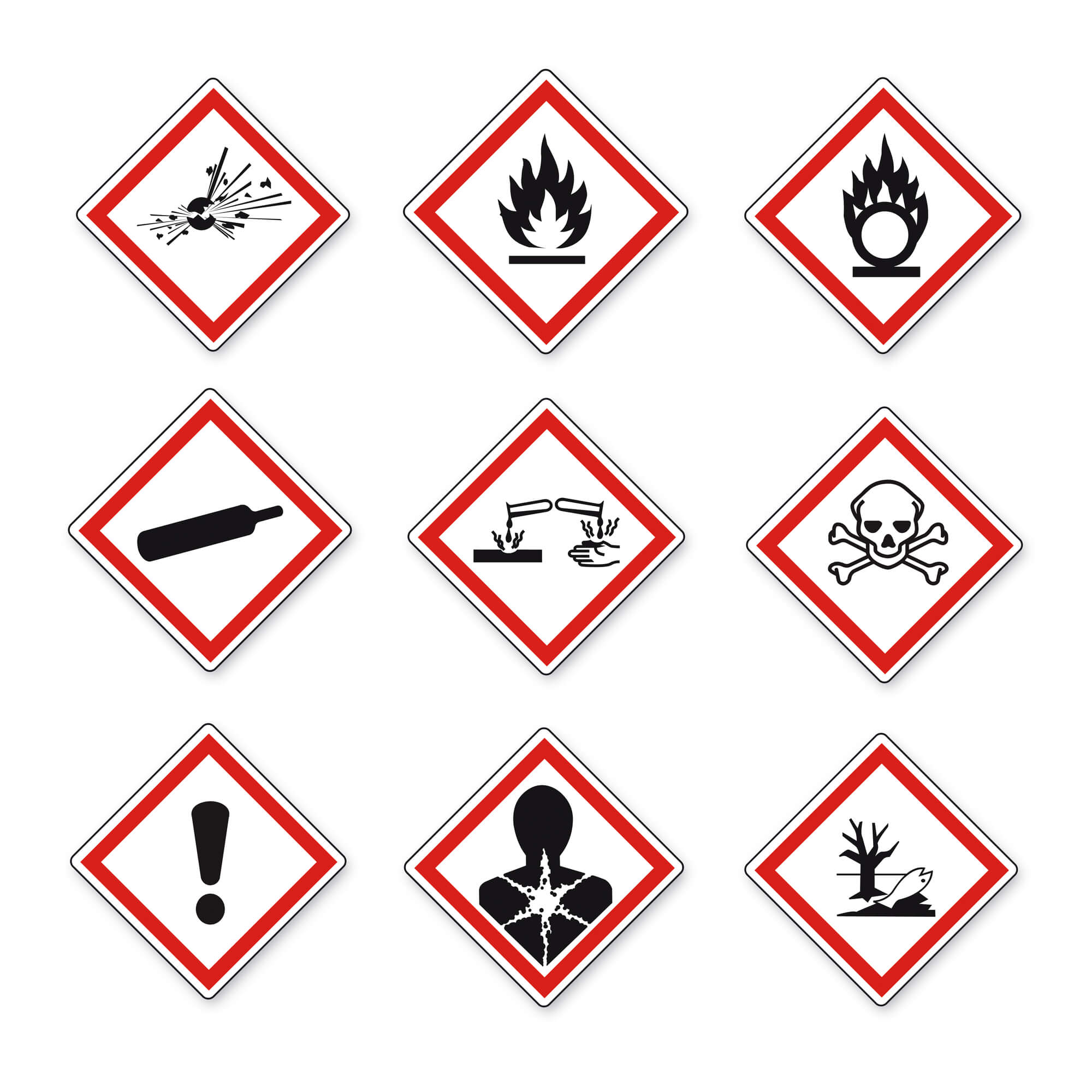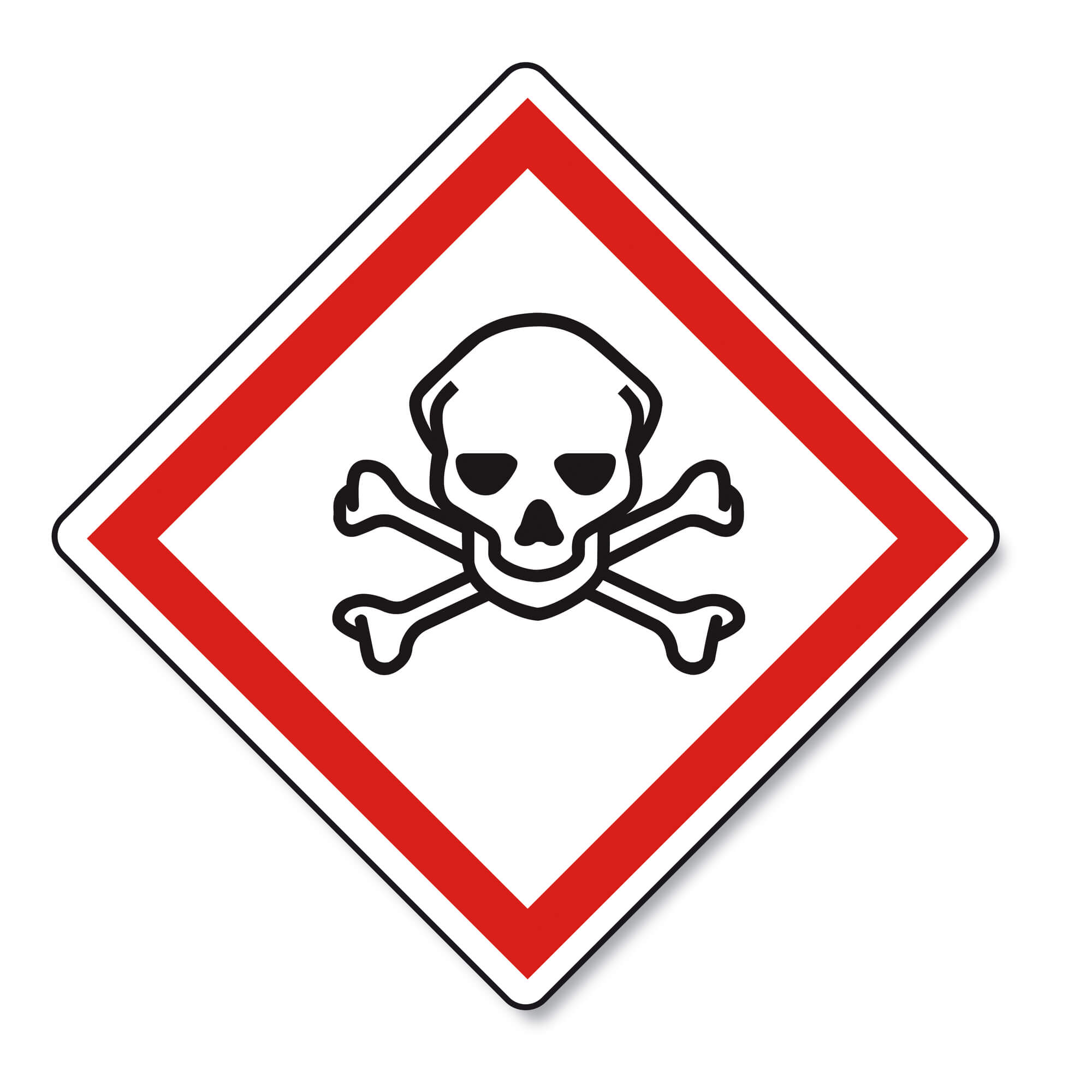Maintaining a safe work environment is paramount to protecting the well-being of employees and preventing potential harm. This article delves into COSHH assessments (Control of Substances Hazardous to Health), examining their importance, key steps, and legal obligations. By understanding the significance of assessing and controlling hazardous substances, businesses can effectively mitigate risks and ensure the health and safety of their workforce.
Understanding COSHH
COSHH assessments revolve around identifying, managing, and controlling hazardous substances that can pose a health risk. These assessments are conducted to comply with the Control of Substances Hazardous to Health Regulations (COSHH) implemented by the Health and Safety Executive (HSE).
Purpose of a COSHH Risk Assessment
COSHH assessments serve a crucial role in protecting the health and safety of employees in the workplace. These assessments focus on identifying and managing risks associated with hazardous substances. Let's explore the key purposes of conducting COSHH assessments in greater detail.
Identification of Hazardous Substances
The first purpose of a COSHH assessment is to identify the hazardous substances present in the workplace. This involves a comprehensive review of materials, chemicals, and processes used that may pose a health risk. By identifying these substances, employers clearly understand the potential risks associated with their presence.
During the assessment, consideration should be given to the different forms in which hazardous substances can manifest, such as gases, dust, fumes, or biological agents. Safety Data Sheets (SDS) are vital in gathering relevant information about the substances, including their composition, potential health effects, and recommended control measures. Identifying hazardous substances is a fundamental step in managing risks effectively.
Assessment of Risks and Exposure Levels
Once hazardous substances are identified, the next purpose of a COSHH assessment is to assess the risks and exposure levels associated with these substances. This involves evaluating the potential harm that may result from exposure and determining the likelihood and severity of adverse health effects.
During the assessment, factors such as concentration, duration, and routes of exposure should be considered. Concentration refers to the amount of hazardous substances in the air, water, or any other medium. Duration of exposure refers to the length of time individuals are exposed to the substance. Routes of exposure include inhalation, ingestion, or skin contact. Thoroughly assessing these factors helps determine the level of health risk and informs the appropriate control measures.
Implementation of Control Measures
A COSHH assessment aims to implement effective control measures to manage and minimize the risks associated with hazardous substances. These control measures aim to protect employees from potential harm and create a safer work environment.
Control measures should be implemented based on the hierarchy of controls. This hierarchy prioritizes the elimination or substitution of hazardous substances where possible. If elimination or substitution is not feasible, engineering controls, such as ventilation systems or enclosures, can be implemented to control the release or exposure to the substances. Administrative controls, such as safe work procedures and employee training, provide additional layers of protection. Personal protective equipment (PPE) should be considered a last resort when other control measures cannot sufficiently reduce the risks.
4. Provision of Information and Training
Another purpose of a COSHH assessment is to provide employees with relevant information and training regarding hazardous substances and the associated risks. This includes educating employees about potential health effects, safe handling and storage procedures, emergency response protocols, and proper personal protective equipment (PPE) use.
By providing comprehensive information and training, employers empower employees to make informed decisions, understand the risks, and take necessary precautions to protect themselves. Effective communication ensures that employees are aware of the hazards present in the workplace and the control measures in place to mitigate those hazards.

Key Steps in To Carry Out A COSHH Assessment
Step 1: Identifying Hazardous Substances
Identifying hazardous substances is the foundation of a COSHH assessment. It involves a comprehensive review of all materials and processes present in the workplace that may contain hazardous elements. These substances can take various forms, such as chemicals, dust, fumes, gases, or biological agents.
To effectively identify hazardous substances, consider the following:
- Safety Data Sheets (SDS): Consult SDS provided by suppliers or manufacturers. These sheets contain crucial information about the substances, including their composition, potential health effects, and recommended control measures.
- Workplace Observations: Conduct thorough workplace inspections to identify any potentially hazardous substances. Look for warning labels, signs, or symbols indicating the presence of harmful materials.
- Task Analysis: Analyse job tasks to determine if any processes or activities involve using hazardous substances. Consider handling chemicals, operating machinery, or working with biological agents.
Step 2: Assessing Risks and Exposure
Once hazardous substances are identified, the next step is to assess the associated risks and evaluate the potential exposure levels for individuals in the workplace. This step helps determine the severity and likelihood of harm caused by the hazardous substances.
Consider the following factors when assessing risks and exposure:
- Concentration and Duration: Evaluate the concentration of hazardous substances in the air, water, or any other medium, as well as the duration of exposure. Higher concentrations and prolonged exposure can increase the health risk.
- Routes of Exposure: Identify the routes through which individuals may come into contact with hazardous substances. This can include inhalation, ingestion, or skin contact. Each route requires specific control measures to minimise exposure.
- Vulnerable Groups: Consider vulnerable individuals, such as pregnant employees, those with pre-existing health conditions, or employees with sensitivities or allergies. These individuals may require additional protection and specific control measures.
Step 3: Implementing Control Measures
Once the risks and exposure levels are assessed, it is crucial to implement control measures to minimise or eliminate the risks associated with hazardous substances. These measures aim to protect employees and create a safer work environment.
Consider the hierarchy of control measures:
- Elimination or Substitution: Where possible, eliminate the use of hazardous substances or substitute them with safer alternatives.
- Engineering Controls: Implement engineering solutions to control the release of hazardous substances. This can include ventilation systems, enclosures, or automated processes to minimise exposure.
- Administrative Controls: Introduce administrative measures, such as implementing safe work procedures, training employees on proper handling and storage, and establishing clear signage and labelling systems.
- Personal Protective Equipment (PPE): If the above control measures are insufficient to eliminate or minimise risks, provide appropriate PPE, such as respirators, gloves, or protective clothing. Ensure that employees are trained on the correct use, maintenance, and limitations of PPE.
Step 4: Providing Information and Training
Effective communication and training are essential for ensuring that employees are aware of the risks associated with hazardous substances and are equipped with the knowledge and skills to protect themselves.
Consider the following aspects when providing information and training:
- Hazard Communication: Communicate the risks associated with hazardous substances through safety signs, labels, and SDS. Make this information readily available to employees.
- Training Programs: Develop comprehensive training programs that cover topics such as identifying hazardous substances, safe handling and storage procedures, emergency response protocols, and the proper use of PPE.
- Regular Updates: Keep employees informed about changes in hazardous substances, control measures, or regulations through ongoing training sessions, newsletters, or toolbox talks. Encourage their active participation in maintaining a safe work environment.
By diligently following these key steps in conducting a COSHH assessment, businesses can effectively identify and manage risks associated with hazardous substances. This proactive approach ensures the health and safety of employees and minimises the potential for harm.

Benefits of COSHH Assessments
Conducting COSHH assessments offers a multitude of benefits for both employers and employees. These assessments, which focus on identifying and managing risks associated with hazardous substances, play a pivotal role in safeguarding health and safety within the workplace. Let's explore the key benefits in greater detail.
Enhanced Risk Management
COSHH assessments provide a structured approach to risk management. By conducting these assessments, employers gain a comprehensive understanding of the potential risks posed by hazardous substances present in the workplace. Through thorough identification and evaluation, they can prioritise risks and develop effective control measures accordingly. This proactive risk management approach minimises the likelihood of accidents, injuries, and illnesses related to hazardous substances.
Prevention of Adverse Health Effects
One of the primary objectives of COSHH assessments is to prevent adverse health effects from exposure to hazardous substances. Employers can implement appropriate control measures to minimise or eliminate exposure by accurately assessing the risks and exposure levels. This preventive approach helps protect employees from acute or chronic health conditions, such as respiratory diseases, dermatitis, organ damage, or even cancer. By addressing risks proactively, businesses can significantly reduce the potential harm caused by hazardous substances.
Compliance with Legal Requirements
COSHH assessments are not just best practices but a legal requirement for businesses dealing with hazardous substances. Compliance with the Control of Substances Hazardous to Health Regulations (COSHH) ensures that employers meet their legal obligations to protect the health and safety of their employees. By conducting COSHH assessments and implementing the necessary control measures, businesses demonstrate their commitment to adhering to regulatory standards. Failure to comply with COSHH regulations can result in penalties, fines, and legal consequences.
Improved Safety Culture
Prioritising COSHH assessments contributes to fostering a positive safety culture within the workplace. By consistently evaluating and managing the risks associated with hazardous substances, employers demonstrate their commitment to the well-being of their workforce. This commitment sends a clear message that safety is a top priority. Engaging employees in the COSHH assessment process, providing relevant information, and offering training opportunities create an environment where everyone takes responsibility for their safety and the safety of others. A strong safety culture increases awareness, compliance, and participation in maintaining a safe work environment.
Efficiency and Productivity
COSHH assessments help businesses identify areas where processes or substances can be improved to enhance efficiency and productivity. By evaluating the use of hazardous substances, employers can explore less harmful alternatives or implement engineering controls that streamline operations. This optimisation minimises health risks and contributes to a more streamlined workflow, reduced downtime, and improved overall productivity.
Reputation and Stakeholder Confidence
Demonstrating a commitment to health and safety through COSHH assessments enhances a company's reputation and instils stakeholder confidence. Customers, clients, and partners are likelier to trust and engage with businesses prioritising employee well-being. A positive safety record and a proactive approach to managing hazardous substances can differentiate an organisation from its competitors and attract potential customers who value health and safety practices.
Conclusion
Conducting COSHH assessments is essential for businesses to protect the health and safety of their employees and comply with legal regulations. By identifying and managing risks associated with hazardous substances, employers can prevent adverse health effects, enhance risk management practices, foster a positive safety culture, improve efficiency, and build a strong reputation. Prioritising COSHH assessments demonstrate a commitment to employee well-being and contribute to a safer and more productive work environment.
